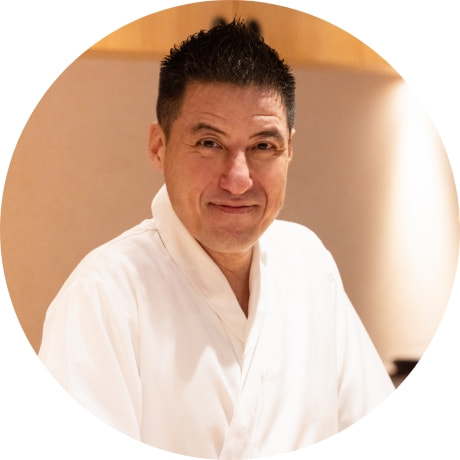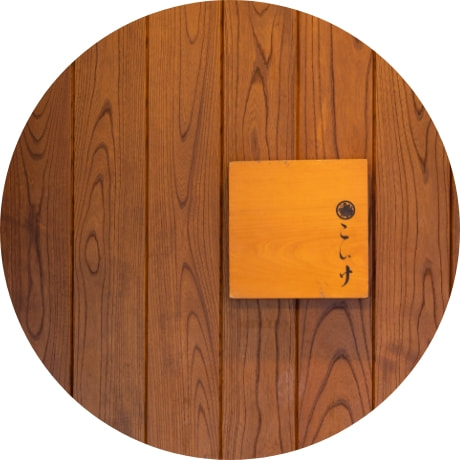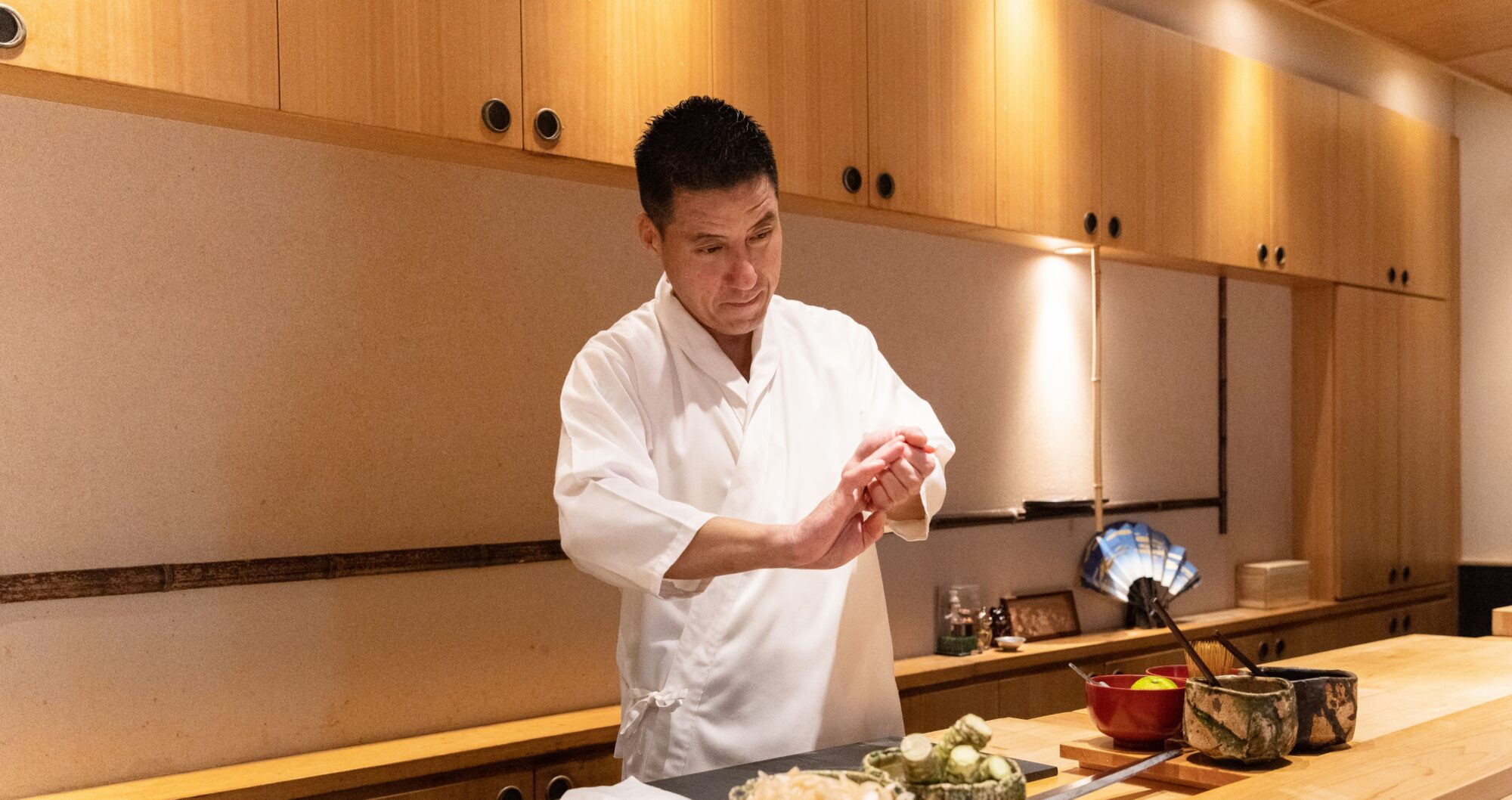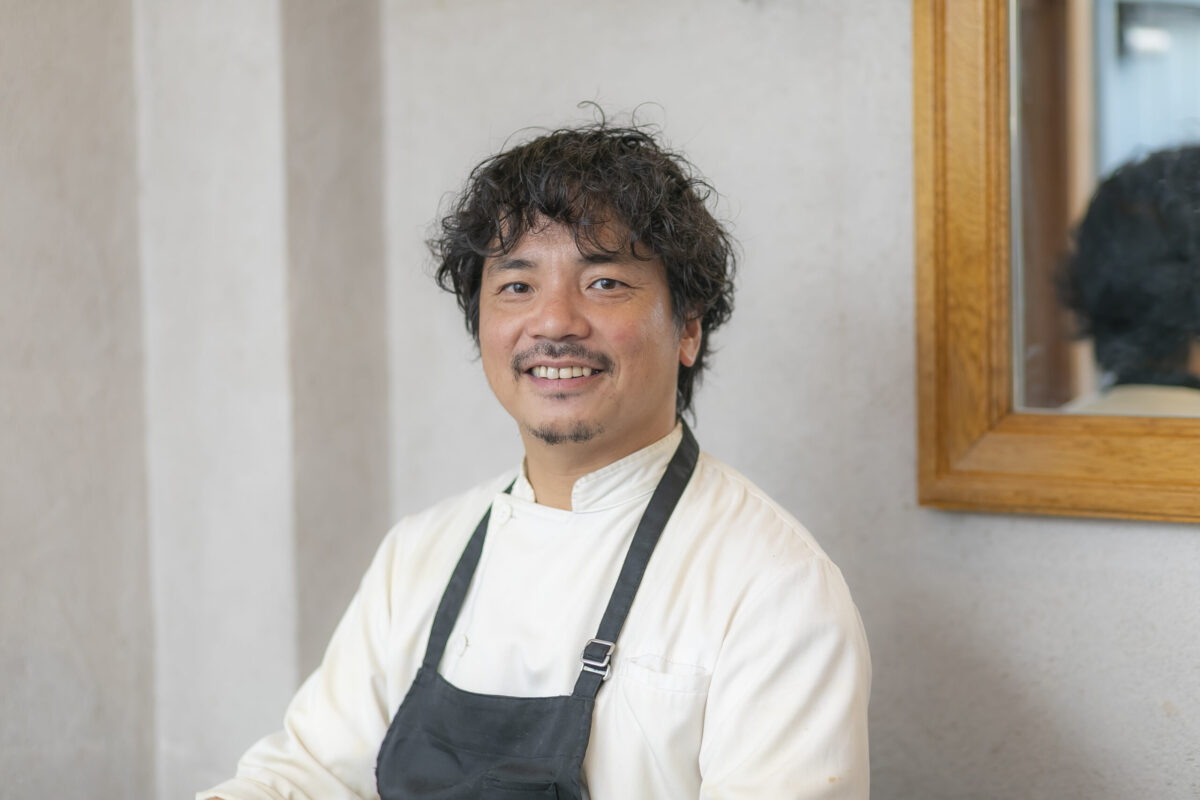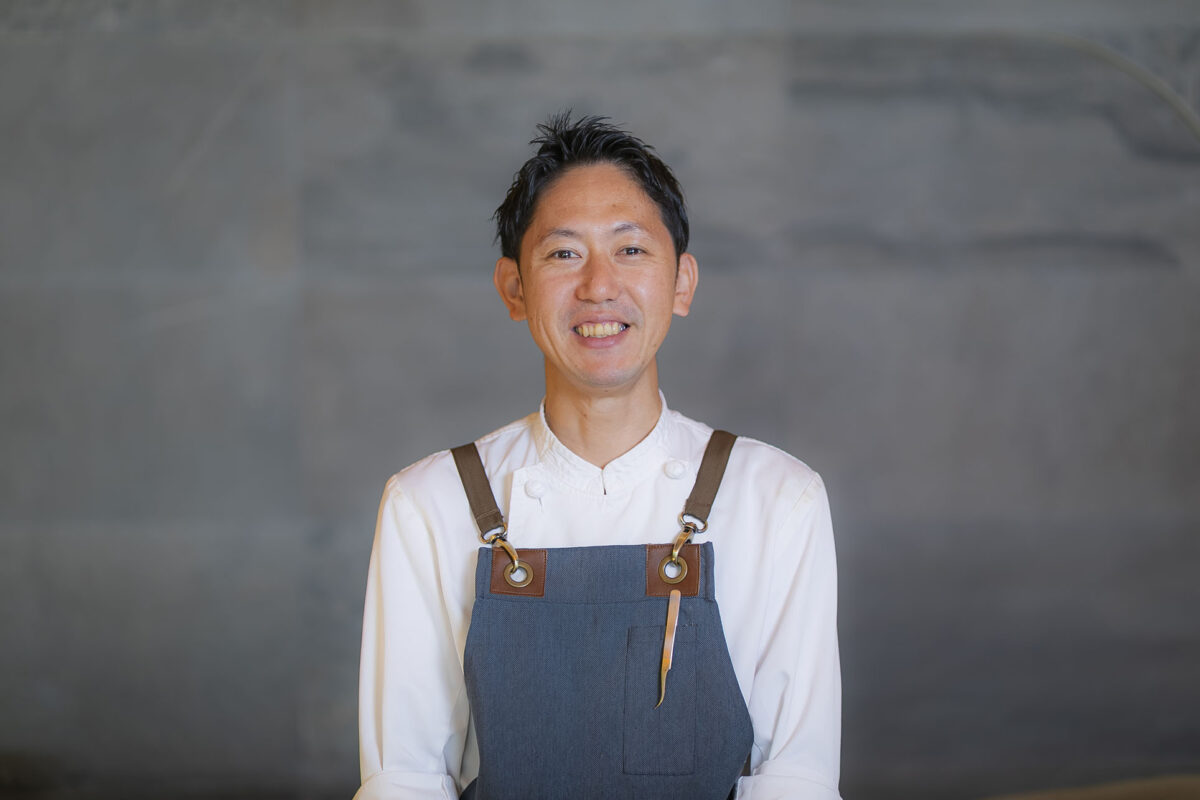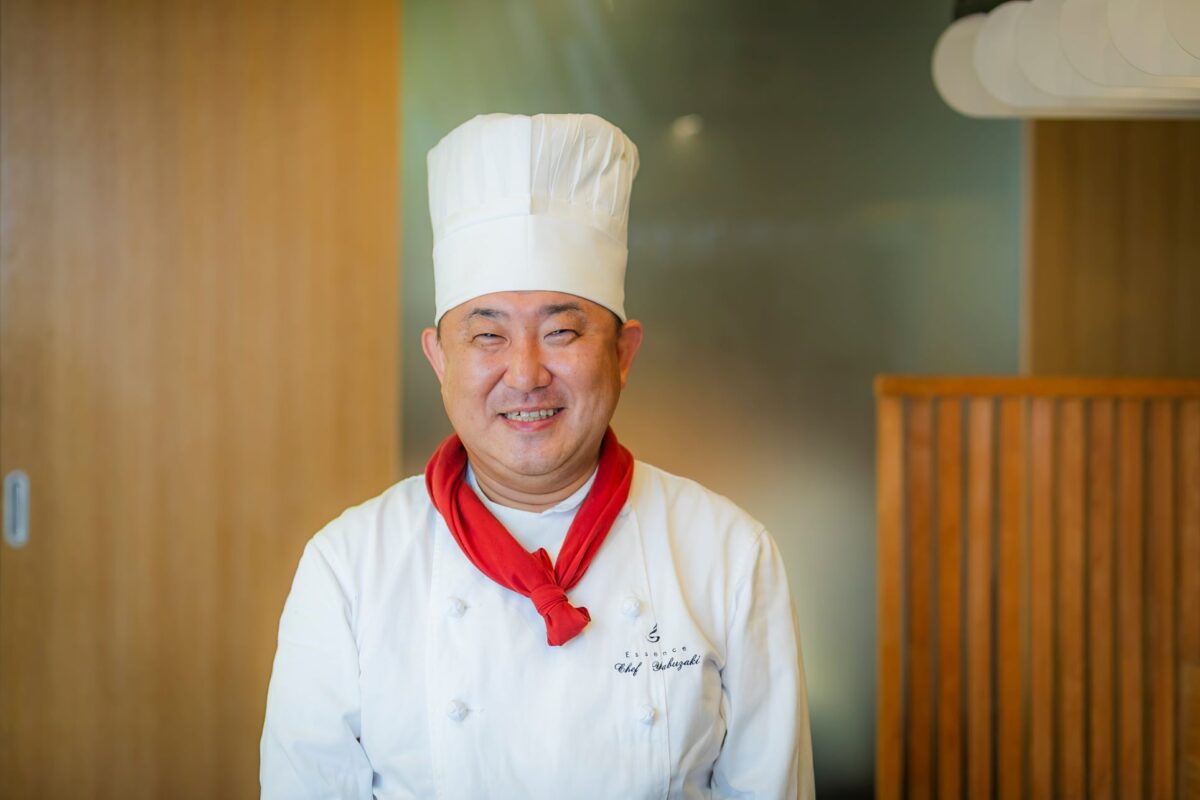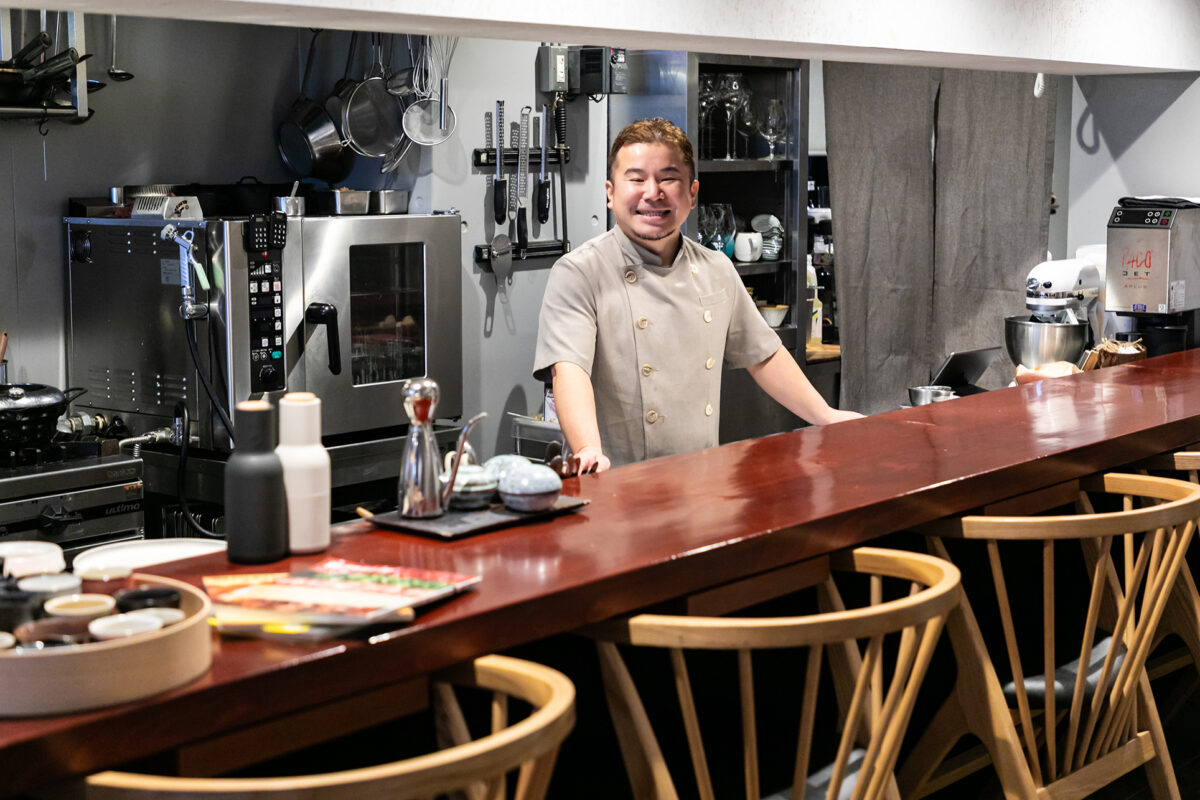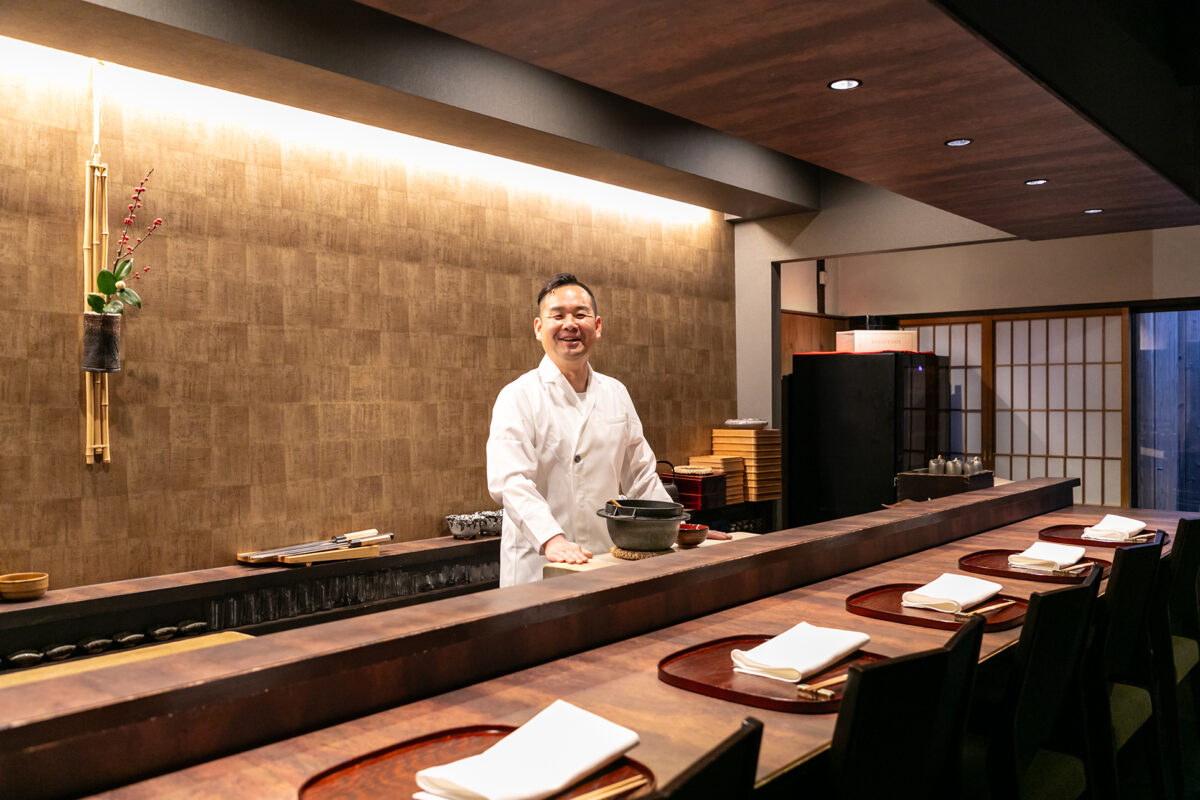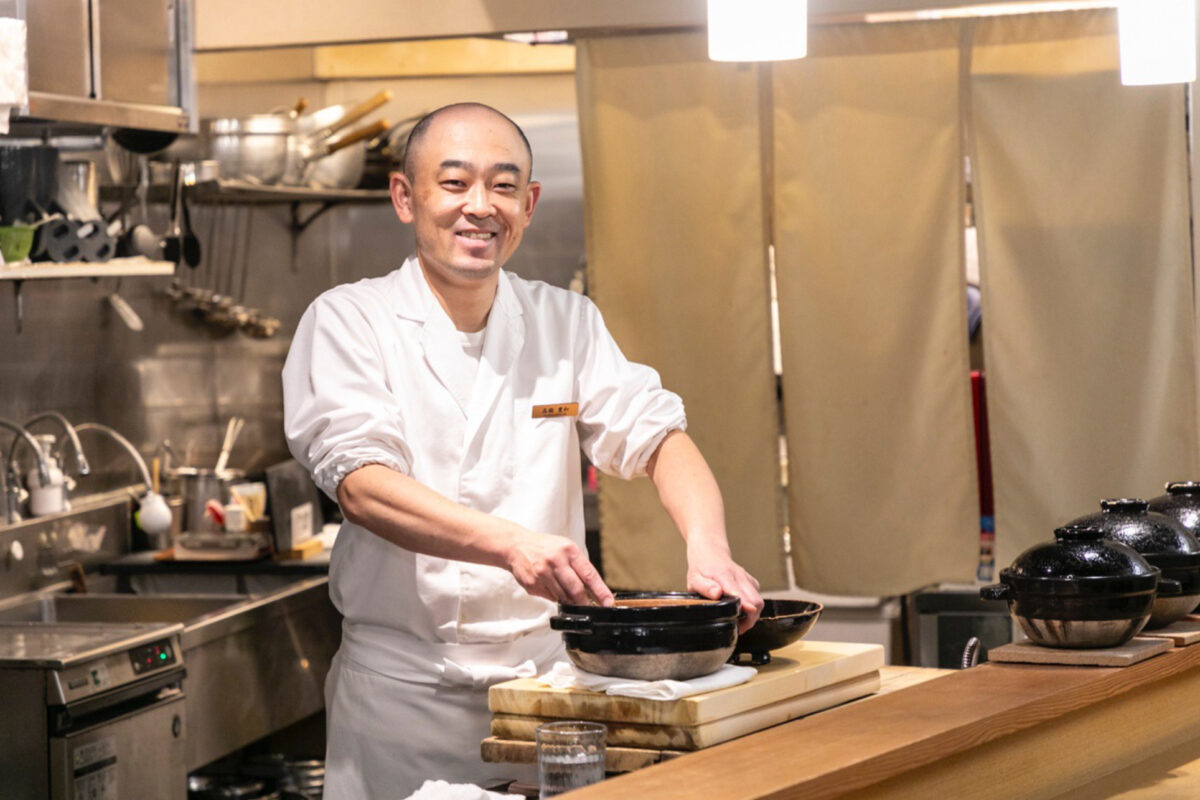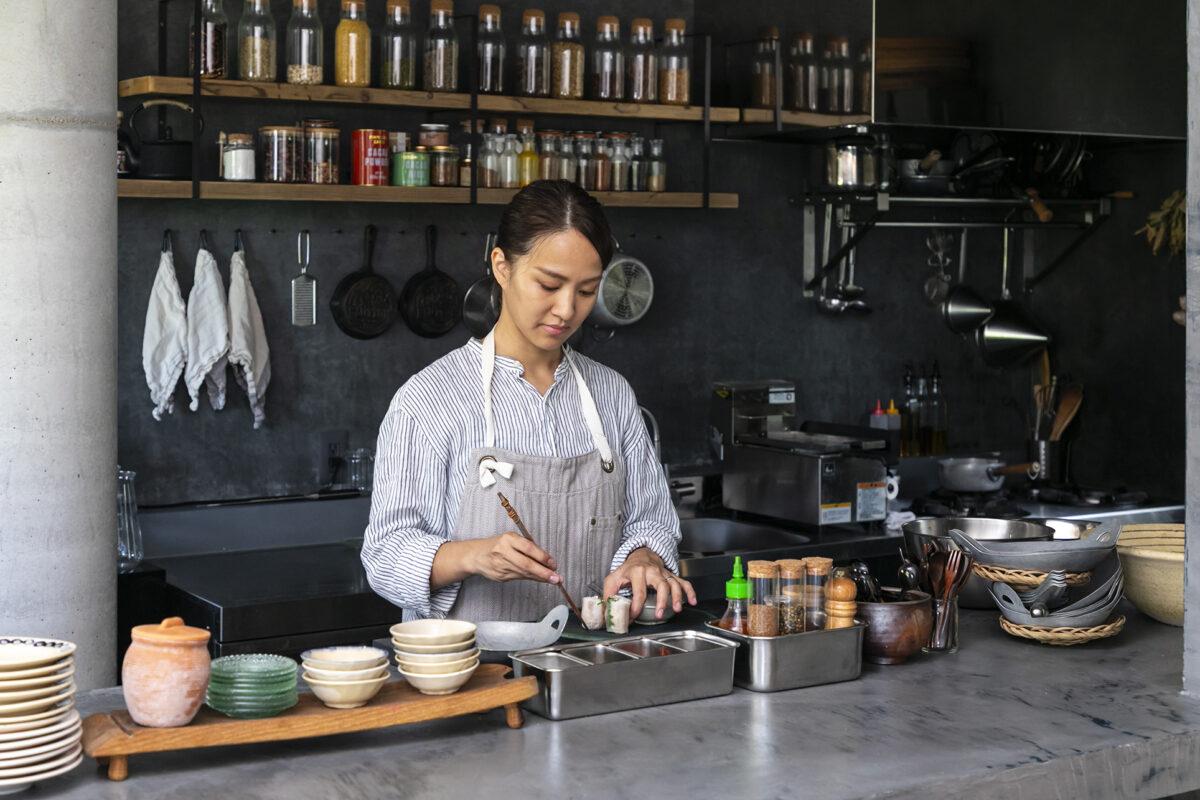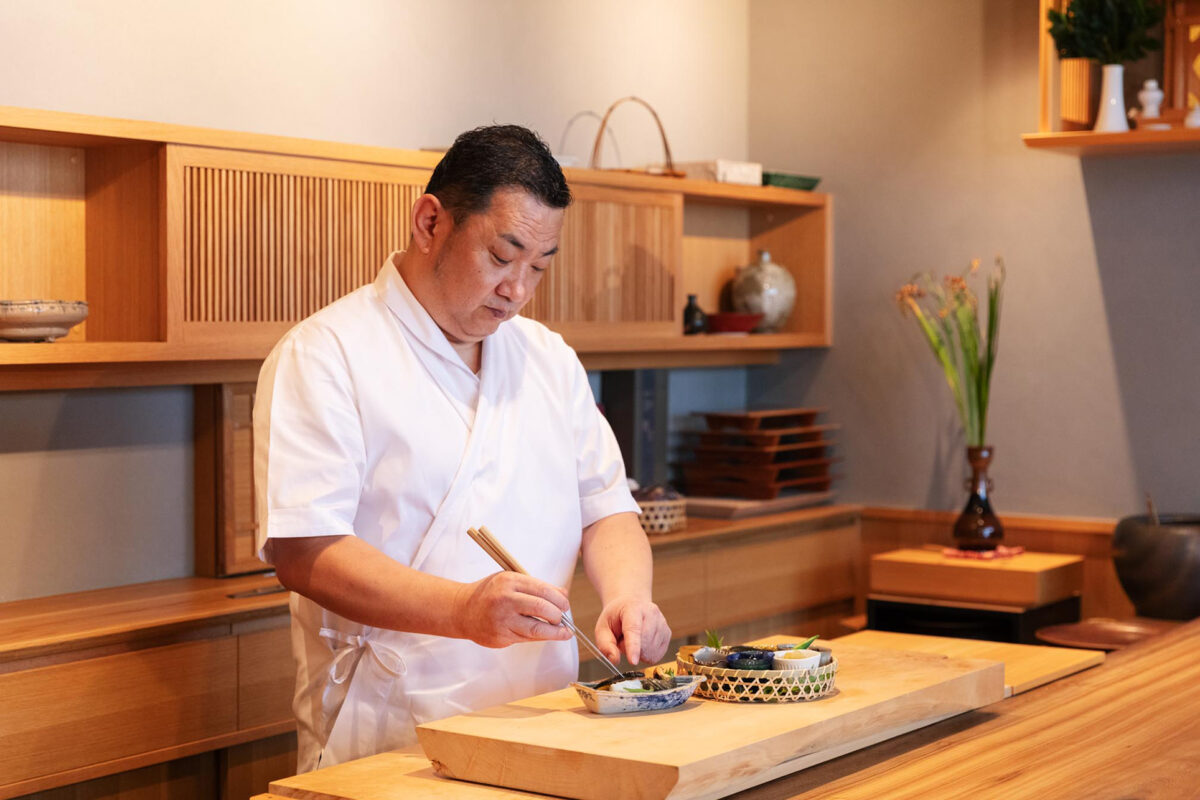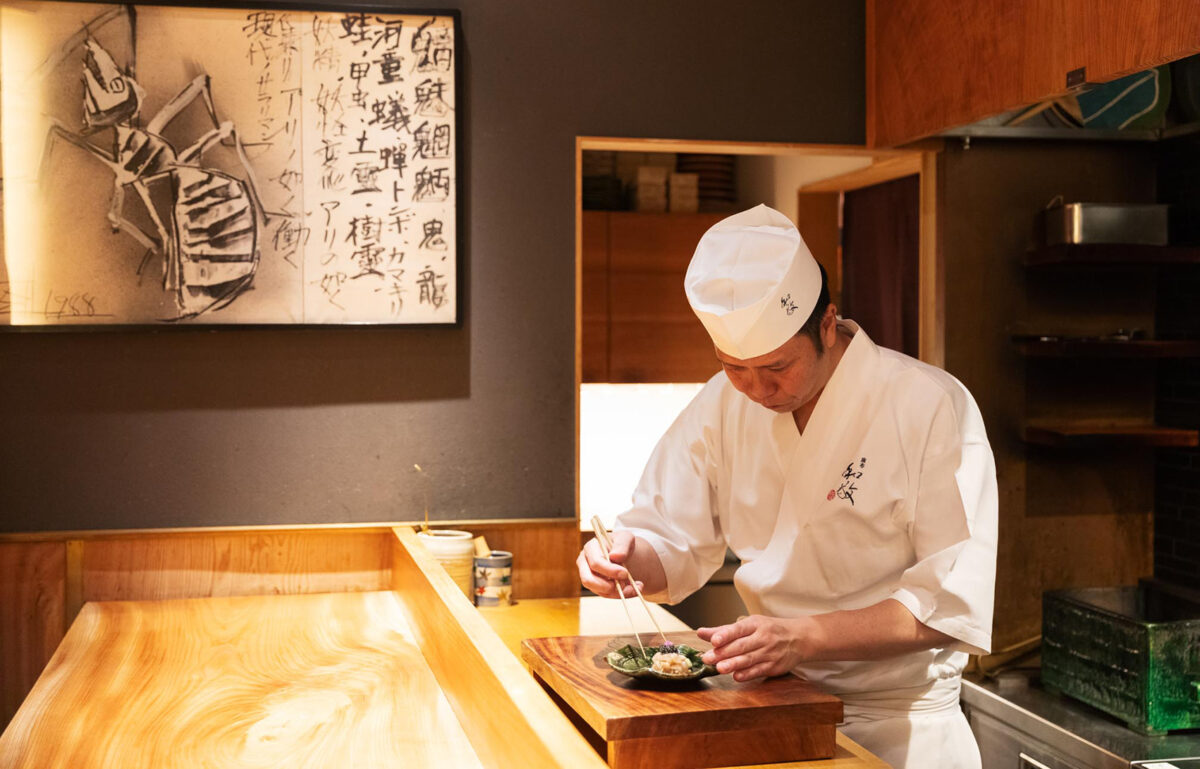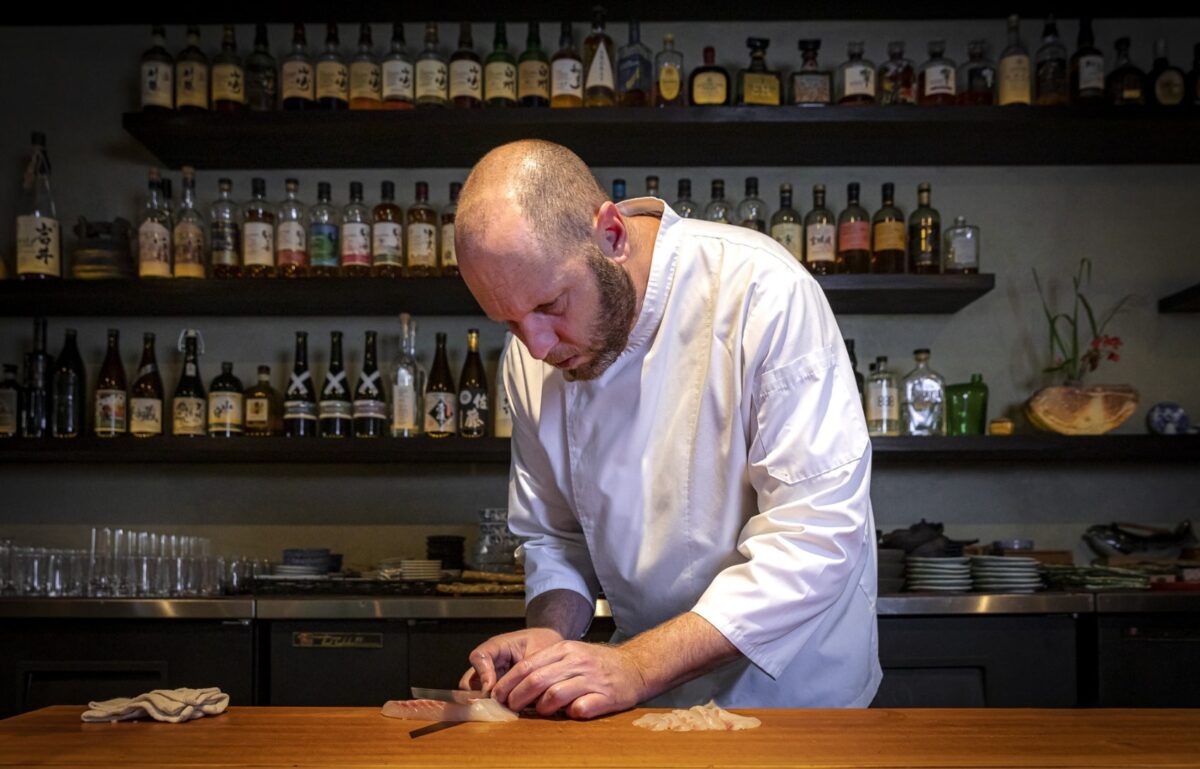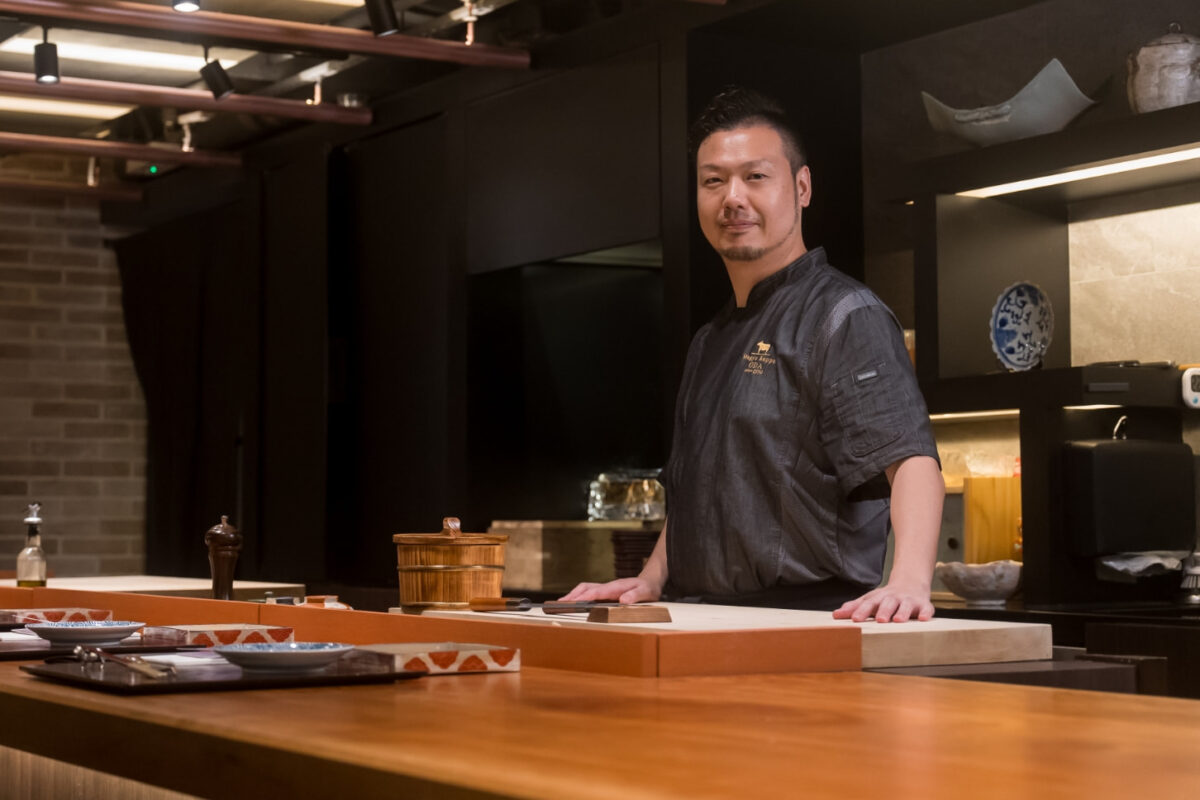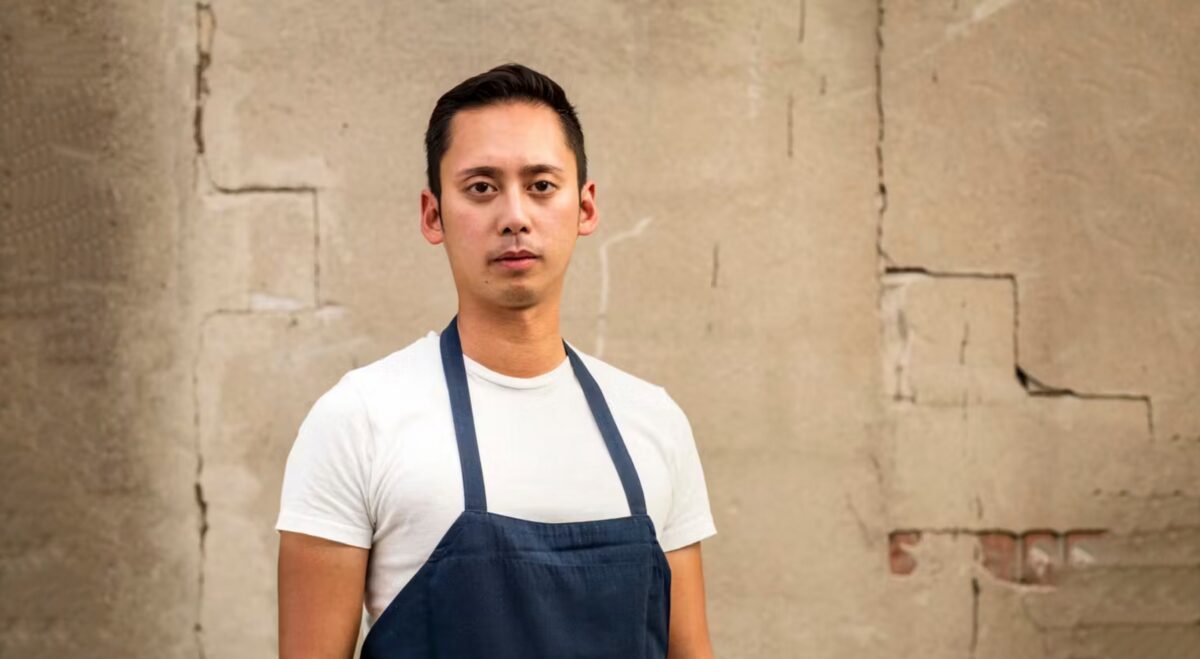SHUSHI KOIKE
Based on a concept of “The Japan,” serving genuine sushi with Japan Rice and seafood shipped directly from the Toyosu market
Sushi KOIKE is a sushi restaurant located in the Boat Quay area, an upscale restaurant district along the Singapore River just outside of one of the world’s leading financial hubs. The concept is “The Japan.” Customers like how the rice comes apart gently in their mouth and mixes with the topping to fill their mouth with umami flavor. While Japanese people who live in Singapore or are visiting for work or travel do come to dine, that group is outnumbered by Singaporeans and people of other nationalities who make up 55% of the customer base. The flavor is something these foodies too swear by. One reason for its popularity is the fresh seafood delivered from Toyosu market four times a week. This includes high-quality tuna, sea urchin, and salmon roe as well as seafood you can only try at certain times of the year, like young sea bream, blackthroat seaperch, hairtail, sweetfish, spotted halibut, tenjo yellowtail, and kobako crab. Add to that the delicious flavor of Niigata-grown Koshihikari rice that is packed with umami and features just the right stickiness and elasticity, capturing the hearts of many food connoisseurs.
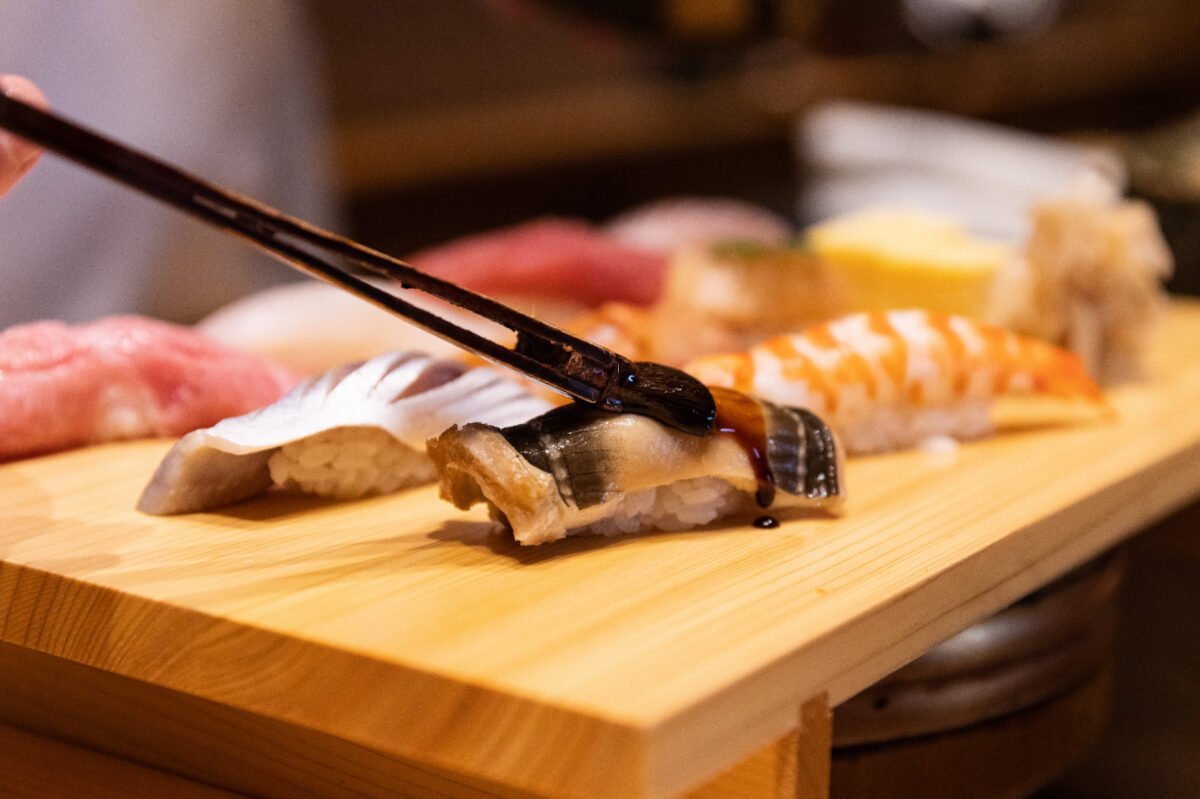
A mission to properly teach people about Japanese cuisine
My father ran a sushi restaurant in Suginami, Tokyo, from 1981 and was also an educator who had passed the Japanese cuisine proficiency examination. Watching him from the sidelines, I developed the dream of becoming a chef at the age six. I helped out at the restaurant and joined trips to the Tsukiji market to buy ingredients. After graduating from high school, I developed my sushi skills at Japanese restaurants and hotels, moving to Singapore in July 2012 after forming a connection with the country.
It was because of my long history with sushi that I made it my mission to properly teach people about Japanese cuisine in Singapore. While localized sushi may also be delicious, I felt it was my duty to uphold genuine sushi culture and wanted to reproduce Edomae sushi as closely as possible for customers to experience.
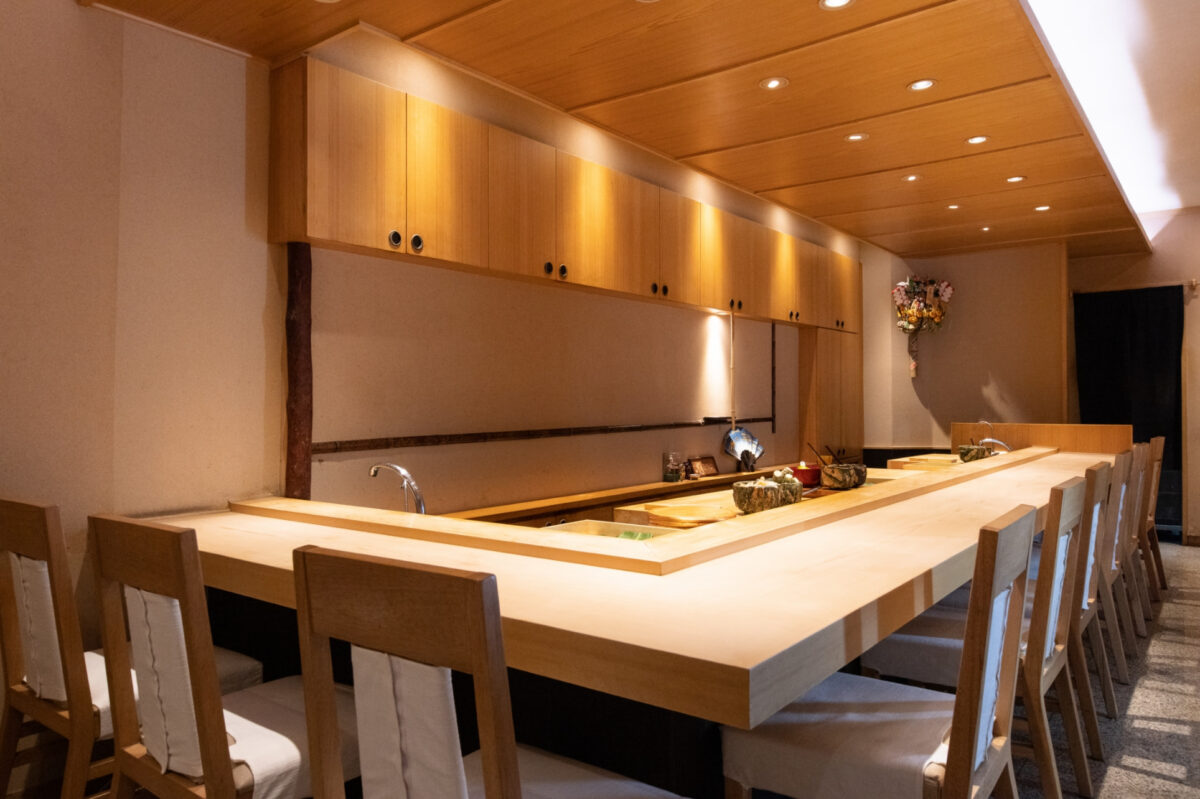
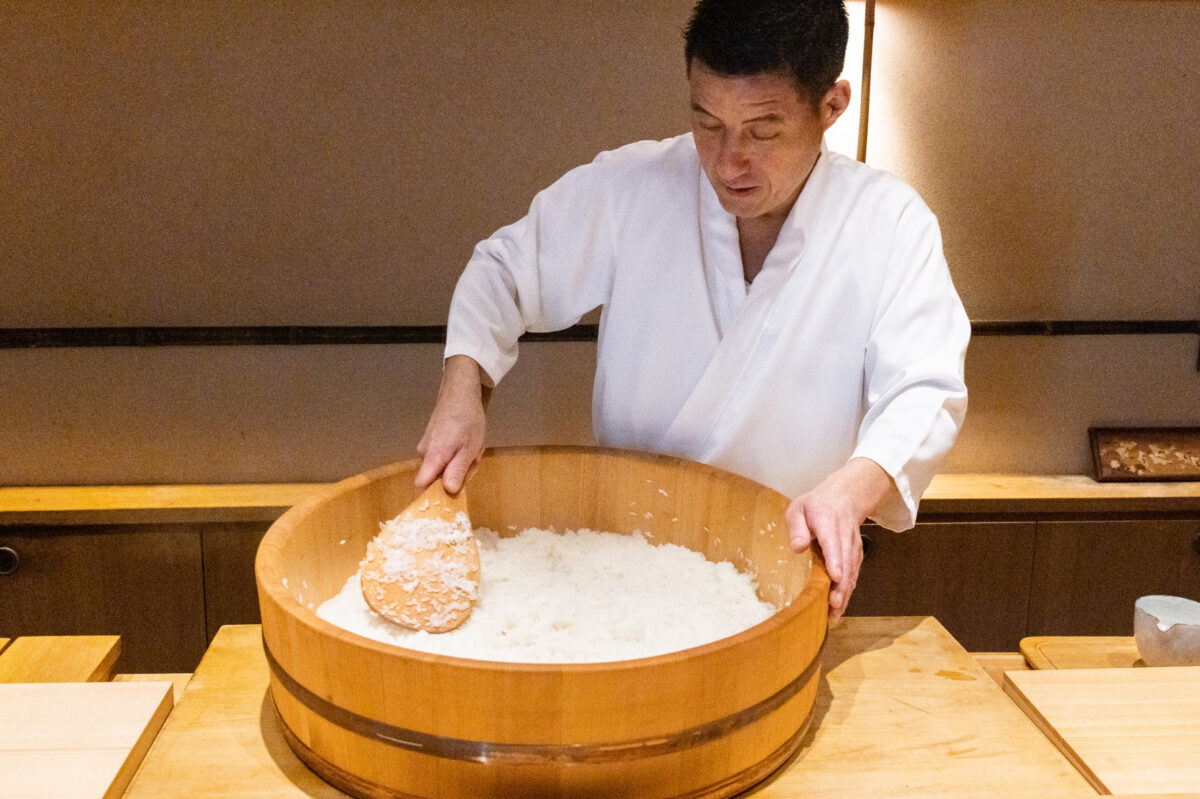
Refined modern Edomae sushi
Edomae sushi, which was first created during the Edo period (1603–1868) was developed in an age without refrigerators or strong distribution networks. Fish caught in Tokyo Bay were prepared in special ways so they would keep longer and remain delicious. Sushi KOIKE uses the traditional techniques of Edomae sushi like adding vinegar or salt, simmering in soy sauce, or boiling, aiming to provide a refined experience of modern Edomae sushi that maximizes the natural seafood flavors.
Nowadays, we have seafood flown in that has been bought for us at the new Toyosu market four times a week. A discerning supplier who we trust well chooses the ingredients based on our order, recommending alternatives when the types we want are unavailable for reasons like weather conditions, and always delivering fresh and delicious seafood. The superb freshness of seafood like shellfish, prawns, and sea urchin delights customers. At the same time, it is important in Edomae sushi for the sushi rice to match the topping. We let the tuna and whitefish rest for a few days after salting to bring out the umami and create a soft melt-in-your-mouth texture.
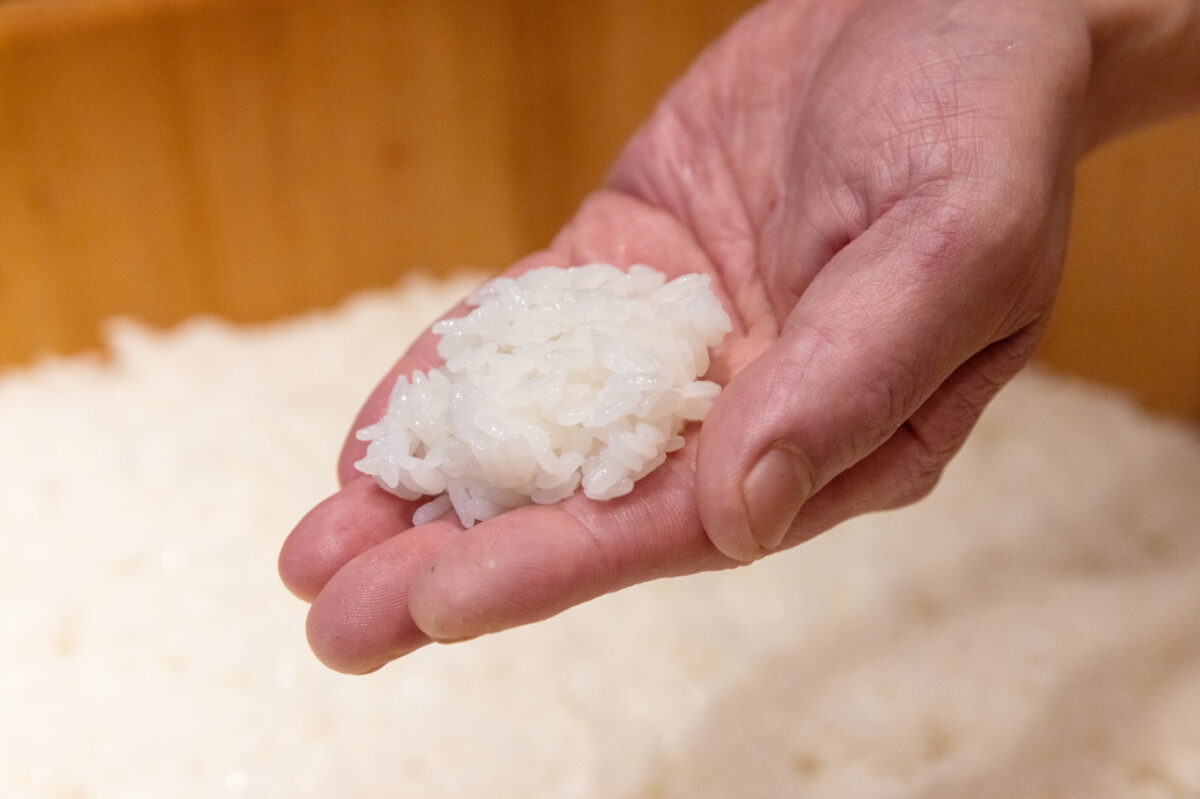
Rice is the life of sushi
Rice is the life of the sushi that I make. My father always told me that rice is the key factor for sushi and endeavored to make delicious sushi rice for use in his sushi. He would research techniques for cooking and adding vinegar, and watching him instilled in me a strong respect for rice.
What we currently serve at Sushi KOIKE is Koshihikari from Niigata, the brand we have continued using since 2014. The rice used at the first restaurant I worked at just after coming to Singapore was difficult to use in sushi, so when I talked to my supplier, they recommended the rice produced by Hideo Ono, the representative director of Joint Farm. This farm in Minamikambara, Niigata, grows rice with organic fertilizer and natural mineral stock solution.
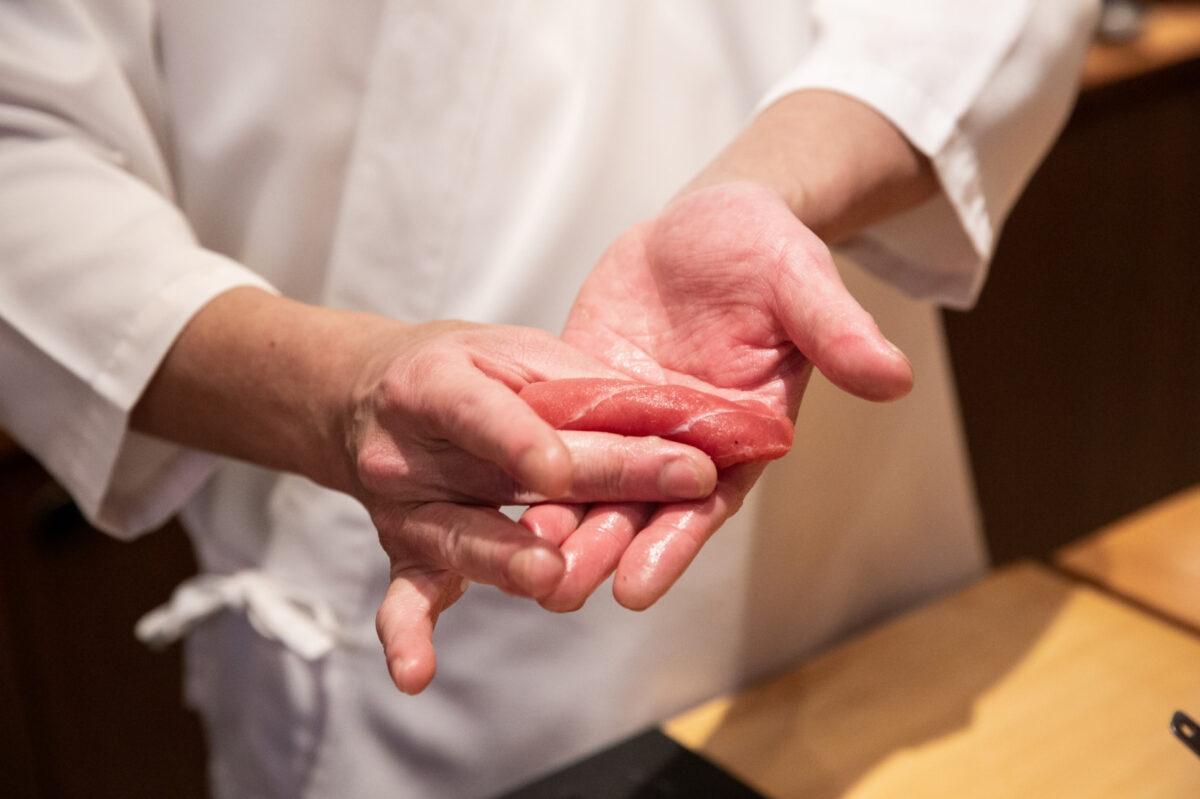
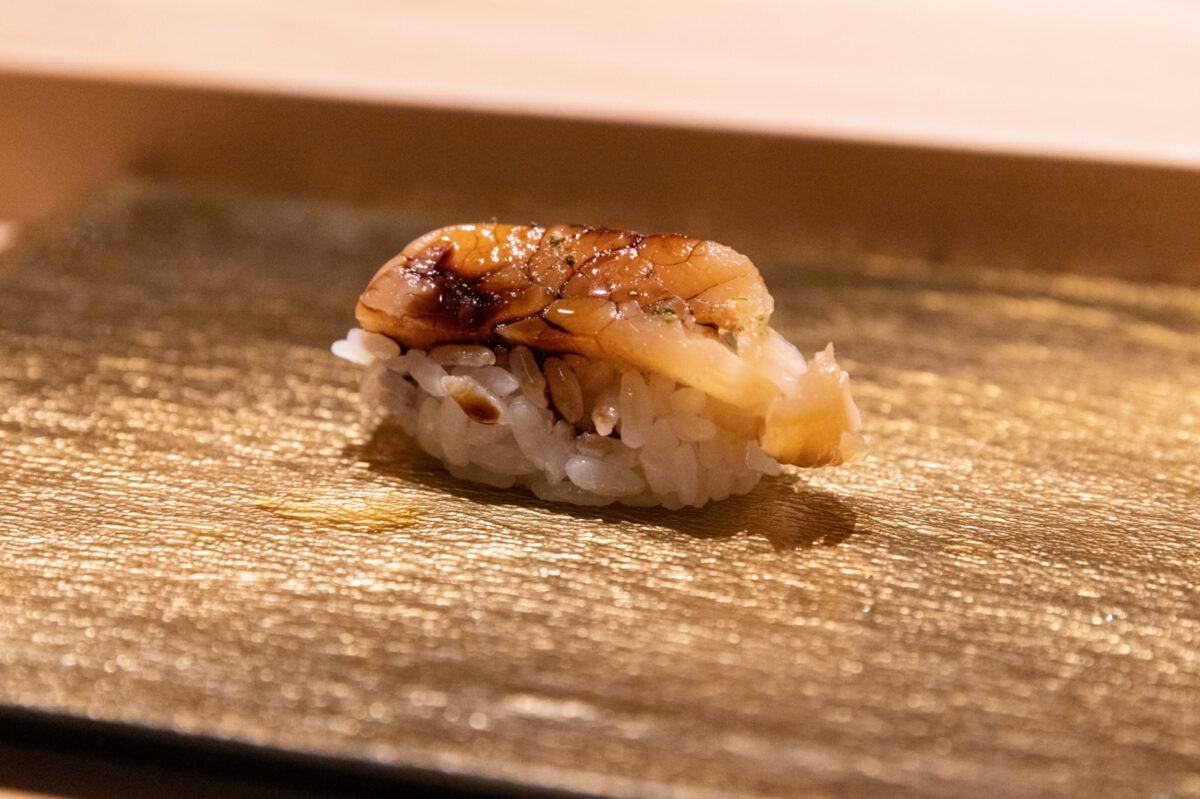
High elasticity and packed with umami
Mr. Ono brought us rice all the way to Singapore. It was raw rice that had not yet been cooked, but I knew from the moment I saw it that it was the ideal rice for my sushi. First of all, the grain size was slightly larger and the grains were uniform. Also, grains sometimes crack during the polishing process, but I did not see that in any grains of the rice Mr. Ono brought. In other words, they are very strong and elastic. When I actually cooked it, it had just the right degree of stickiness.
My ideal sushi rice features clearly defined grains that come apart in your mouth, taste divine when you bite down with the topping, and spread umami throughout your mouth when swallowed. The Koshihikari that Mr. Ono grows fits that bill perfectly. In a nutshell, his rice is “healthy and strong,” packed with umami. Many customers praise the deliciousness of the rice’s springy texture.
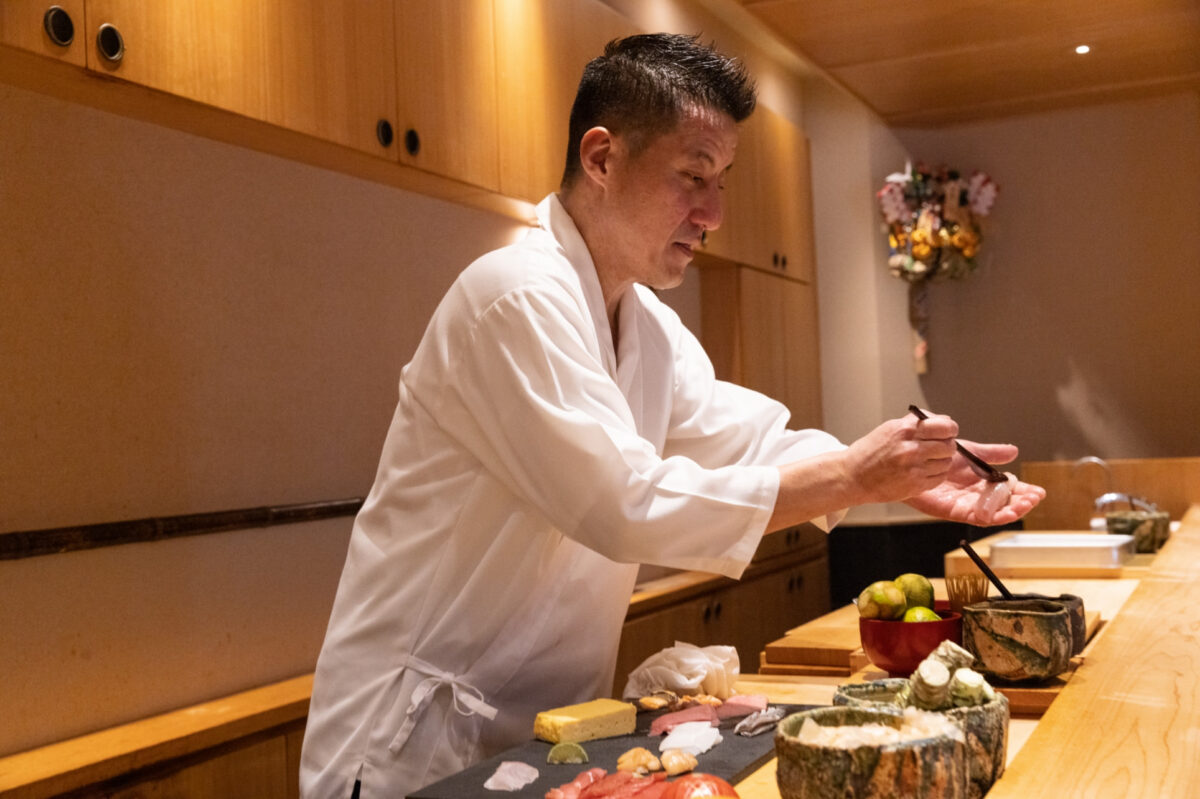
The deliciousness of sushi rice depends on how it is cooked and steamed
Sushi rice determines the taste of sushi. That is why fine-tuned and sophisticated adjustments are necessary. What I focus on when making sushi rice is steaming time. Whereas you would steam rice for 25 minutes when cooking it normally, when making sushi rice you would transfer it to the sushi bowl after about 17 minutes and add vinegar. Infusing the flavor into the rice quickly while it is still hot creates sushi rice that is not sticky and has distinct, lustrous grains.
Rice is a crop, so if you cook it with the same amount of water every time, there will still be variance, with some being too soft and some too hard. In such cases, I give the staff careful instructions like reducing the amount of water by 50 cc or reducing the steaming time.
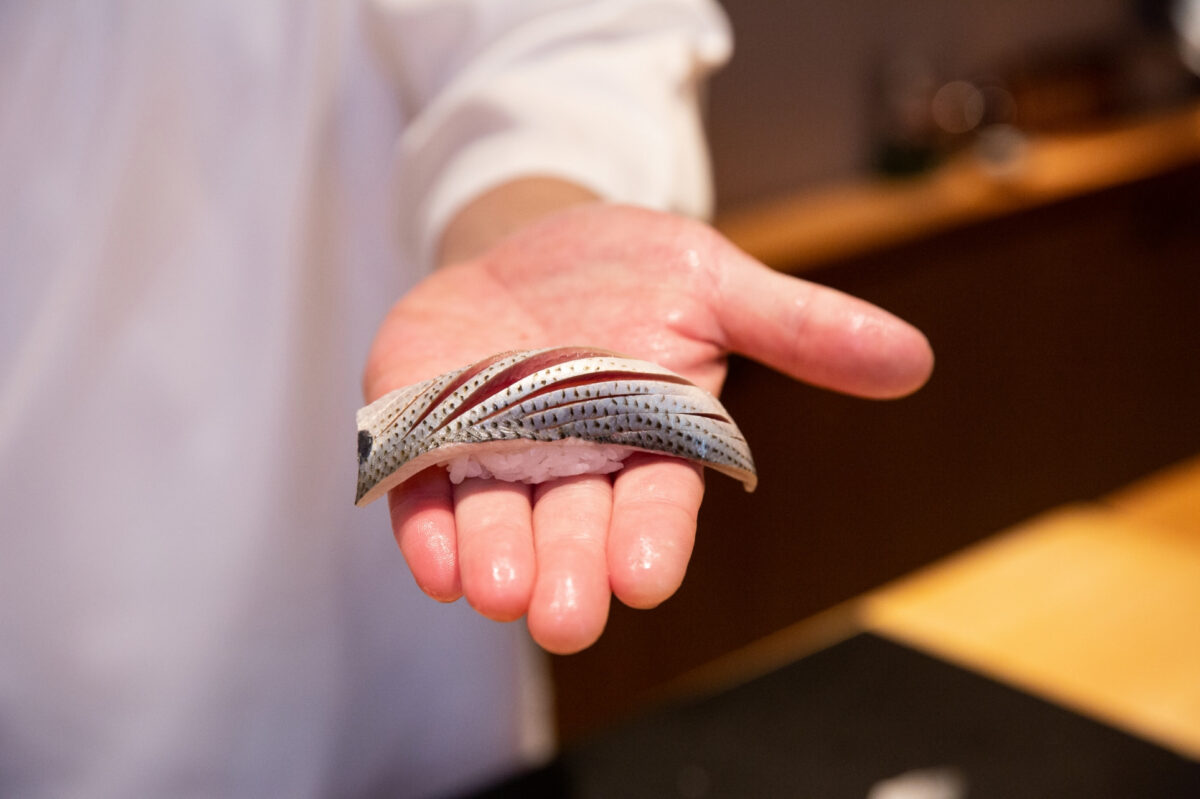
Teaching about Japanese food culture through experiences
The staff I work with come from different places like Singapore and Malaysia, and I want to teach them about not only sushi and Japanese cooking techniques, but also the background of the ingredients we use. We planned on joining the rice planting in Mr. Ono’s paddies in 2020 as an experience for the staff, but the pandemic put a stop to that. I hope we can still do it someday. Singapore has a low food self-sufficiency rate and not many people know how crops are grown. I think that taking part in rice production in Japan, even just a little bit, could strengthen their love for rice. It is not much, but I want to teach them about sushi culture through these experiences and this training.
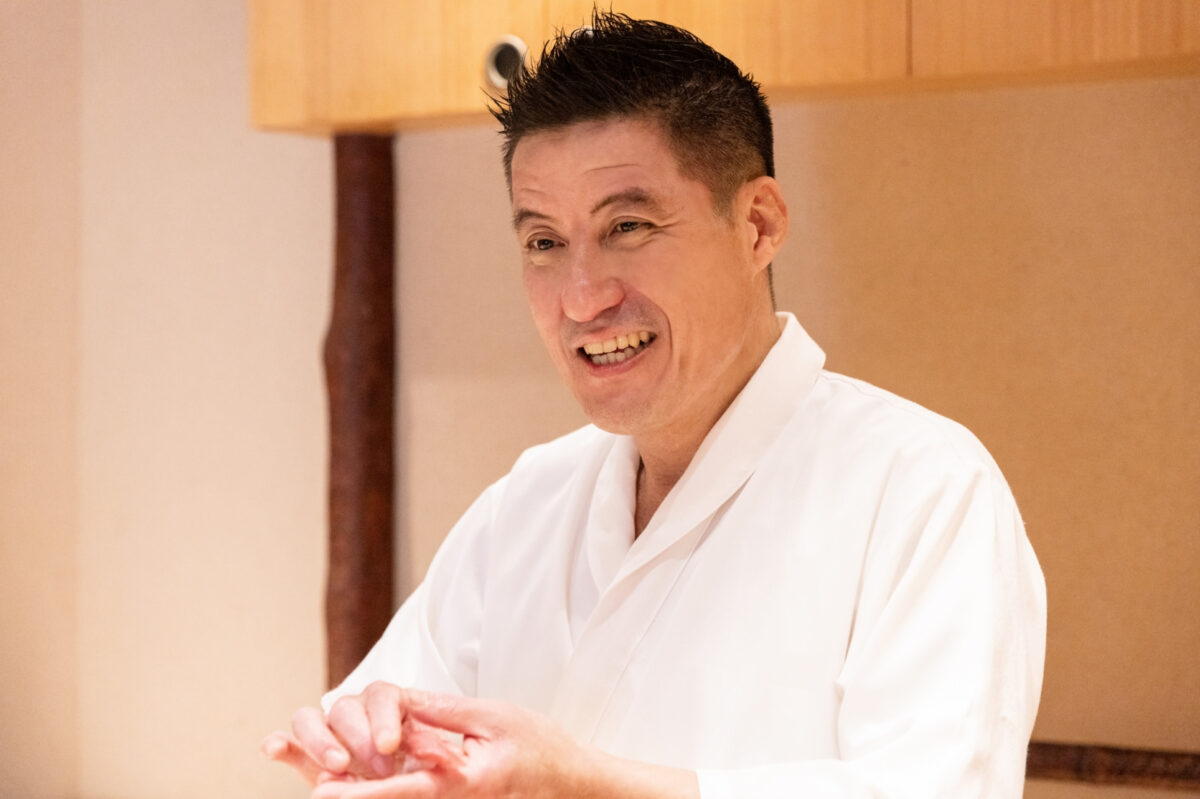
Recommended dish
Omakase nigiri おまかせ握り
Sushi KOIKE serves omakase (chef’s choice) nigiri sushi for both lunch and dinner. All the seafood is fresh, delivered from the Toyosu market four times a week. Popular choices are shellfish like the richly flavored Hokkaido scallops and the light and airy boiled conger eel that is a staple in Edomae sushi.

